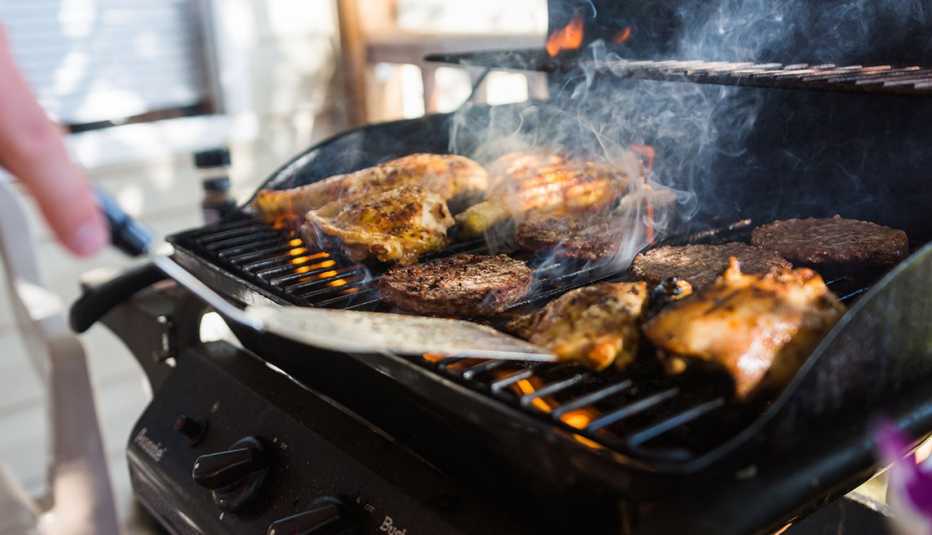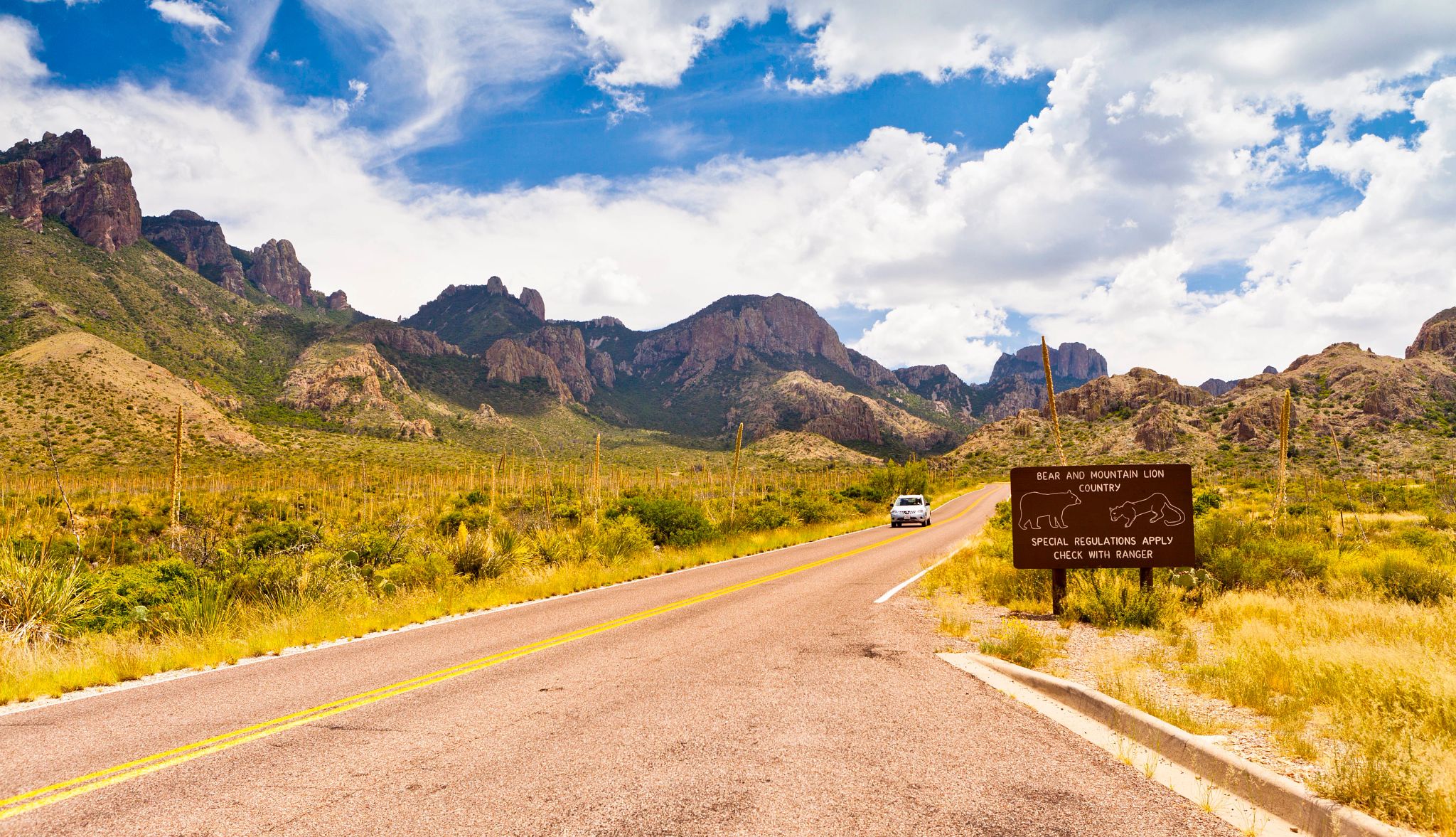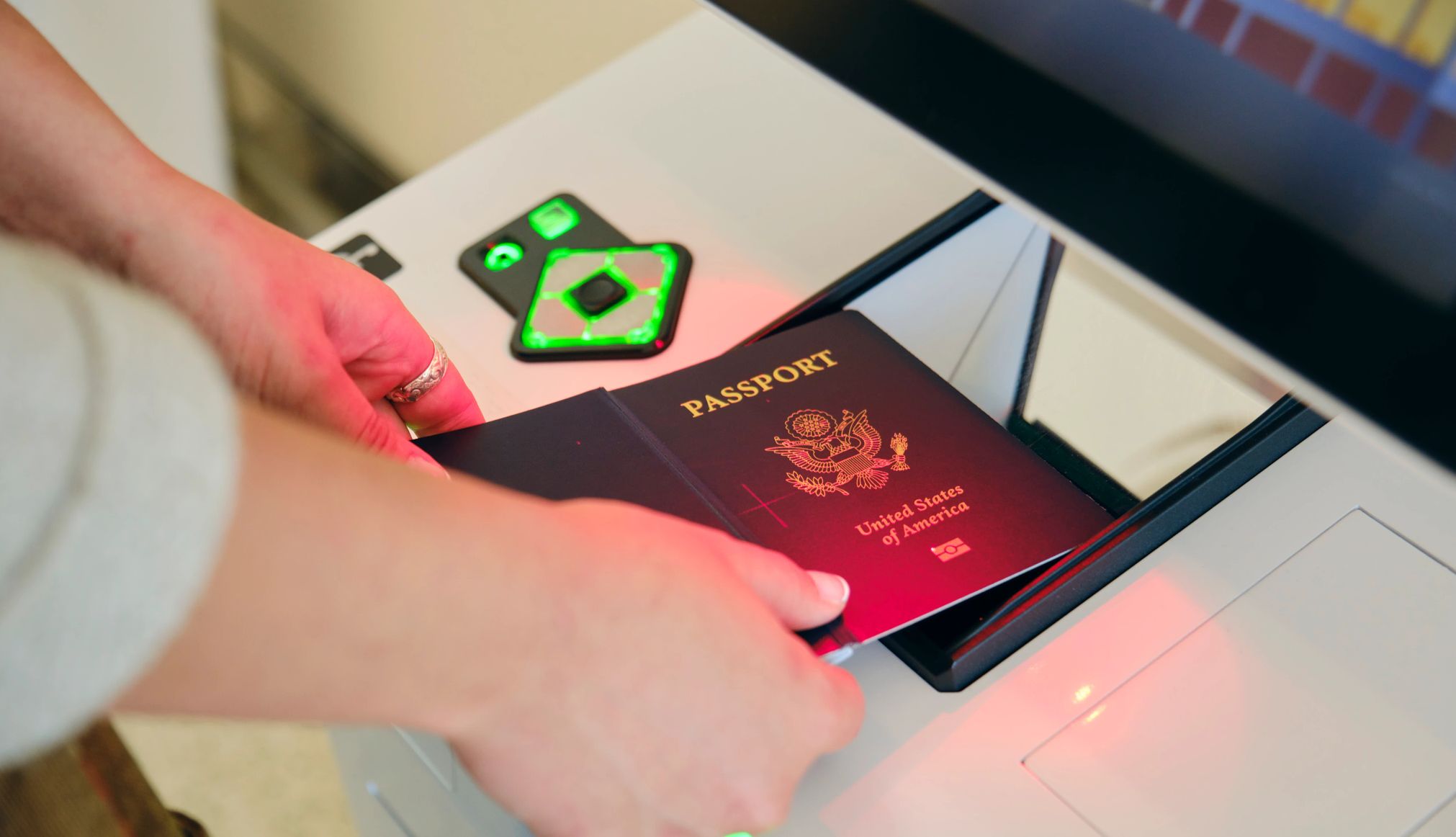AARP Hearing Center


Grilling is increasingly popular. You can find a grill or smoker in 70 percent of American households, the highest percentage recorded since the Hearth, Patio & Barbecue Association (HPBA) began tracking consumer trends, according to its 2023 report.
However, as popular as grilling is, the grill likely isn’t the most commonly used cooking appliance you own. So it’s understandable that cooking mistakes can be made, even by the most proficient home chefs, that can put health at risk — especially the health of older adults.


LIMITED TIME OFFER: Labor Day Sale!
Join AARP for just $9 per year with a 5-year membership and get a FREE Gift!
“Food safety is important for everyone, but it’s extremely important for people who may be more vulnerable to severe food poisoning,” says Brian Katzowitz, who worked as a health communication specialist for the Centers for Disease Control and Prevention (CDC) when interviewed for this article. “Adults older than 65, because of weakened immune systems, may be more likely to get sick with a foodborne illness.”
To help weekend grill masters avoid exposing themselves and their dining companions to illnesses and other health risks, we asked for advice from Katzowitz and Robyn Goldberg, a registered dietitian, nutritionist and author of The Eating Disorder Trap.
1. Charcoal vs. propane grills
Propane gas grills are a healthier option, according to Goldberg, because they create less smoke than charcoal grills. Though charcoal itself isn’t carcinogenic, smoke is. Gas grills carry a smaller carbon footprint, Goldberg says, making them better for the environment than charcoal.





























































More From AARP
Comparing Superfoods: What’s Better for You?
How to shop smart when buying plant-based burgers, fish, oil and more
7 Unexpected Foods to Toss on the Grill
Flame-broiled takes on new meaning with these tasty dishes
How Much Do You Really Know About Food Poisoning?
Learn why older adults are at greater risk of foodborne illness and more in this challenging true-or-false quiz